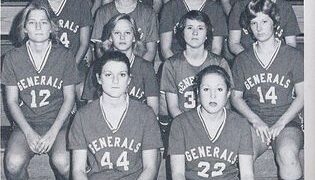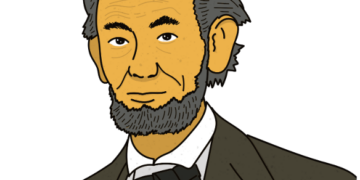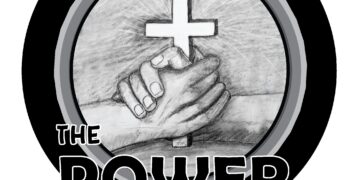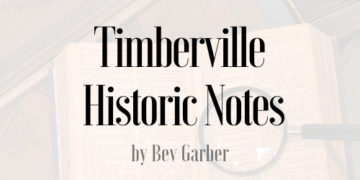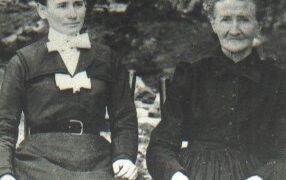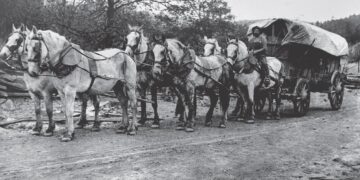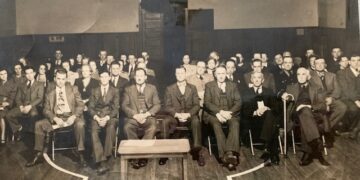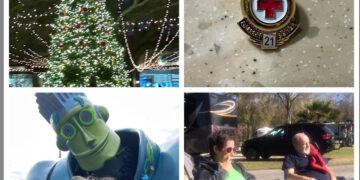Kay Chronister and The Bog Wife
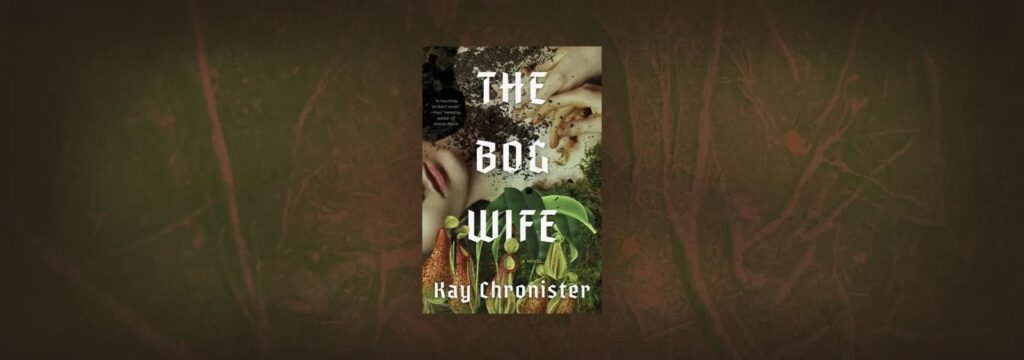
Kay Chronister’s launched her career as a writer of short stories and novels in 2020. Born in Washington State, she has lived in Virginia, Cambodia, and Arizona. Currently; her home is in the suburbs of Philadelphia, Pennsylvania, where she lives with her husband and dogs. A recent PhD in British history from the University of Arizona, she has published short stories in a number of small journals as well as a collection of them in Thin Places (2020); the collection was nominated for the Shirley Jackson and World Fantasy awards. Her first novel, Desert Creatures came out in 2022, and she published The Bog Wife in October of this year. Her most recent work has gained considerable attention including reviews in The New York Times, The Chicago Review of Books, and Southern Review of Books.
The Bog Wife by Kay Chronister is certainly not my first choice in novel-reading; I chanced onto it when I saw that it had a West Virginia setting. Chronister creates this . setting with a rather strange admixture of cranberry and peat bogs, family issues, supernatural elements, and environmental concerns. She writes with a strong prose style and creates fascinating characters that make this strange book readable.
Though set in the near present, the novel seems both modern and almost medieval. Chronister creates the Haddesley family who have lived an isolated existence in a remote area that features the peat and cranberry bogs. Because the setting is so far “off the grid,” the family had been allowed to live a eccentric existence based on a faked family history and supernatural myths concerning the bog. Both fallacies have completely controlled their existence.
As Chronister herself has said in an interview, “The core of this book, for me was exploring a family system that is deeply dysfunctional and deeply unhealthy in some ways, but also has its own equilibrium or momentum.” Under absolute patriarchal control, the five children of the family seem individually thwarted. In the immediate present, they range in age from 18 to 33; only two of them have ever ventured out of the confines of the decaying stone mansion that they believe has been there since the colonial period.
The current patriarch Charles Haddesley operates under misapprehensions about their family history that have produced his fractured children. What little education they have received, he gives them, teaching some of them the antiquated French language supposedly practiced by the first Charles. He insists that they are living under a contract originally implemented by thisl ancestor, one that involves ritual sacrifice and ritual marriage to a supernatural wife who emerges full-formed from the peat bog.
His own wife, whose actual origin Chronister never clearly identifies, abandoned her family ten years earlier, having never served as any kind of real mother to her offspring. Presumably, we are to accept that she is actually a “bog wife” who prefers bog existence to life outside. Like actual farm families of an earlier era, the patriarch’s plan, in marriage, was to recreate a patriarchal version of himself along with a work force to continue both the terms of his ancestral contract and the needs of the bog. Clearly his progeny are both stifled and, because of their deep contact with nature, somehow inspired by the life they have lived.
Reviewers have given little attention to the oldest son in the family—the first born son is always named Charles, but this one is called Charlie, evidence of his difference. From birth, he does not conform to his father’s ideas of what the next patriarch should be. He lacks a firm connection with either the idea of the mysterious ancestral contract or the natural appeal of the environment. Symbolically, a recent wound to his genitals removes him from continuing the family line. Ultimately, he is the only sibling to escape the cult-like environment.
The second oldest child, Eda, takes over when the bog wife mother disappears. She is left to raise the two younger children, Percy and Nora who are only around ten when their mother leaves. Eda is a take-control kind of person who lives in a more real world than most members of the family. The two younger children seem more attuned to both rules of the contract and to the natural world, though Nora enjoys reading old issues of the National Inquirer. At the same time, she had made her bedroom a menagerie of local animals including a pet possum. Percy, two years old than Nora, believes he should be the new head of the family and looks to create his own bog wife.
After her mother’s disappearance, the second child of the family, Wenna left the family, moved to a city where she earned a GED, met and married a man who loves her; however, she remains tied to her old way of life. She refuses to have a child with him—according to the contract, women born into the family must not procreate. Wenna returns to the family when her father is near death. She will participate in the rituals involving his death in the bog and the arrival of a new bog wife for Charles. Caught between two worlds, she seems most tragic of the children.
Beyond supernatural elements and family concerns, Chronister also explores the relationship between man and nature—the need for more stewardship and less exploitation, in this instance based on a destructive mythology. Reviewer Frankie Martinez evaluates the novel: “With an evocative setting, titillating mystery, and thought-provoking character work, The Bog Wife is harrowing and breathtaking.” She is right.

